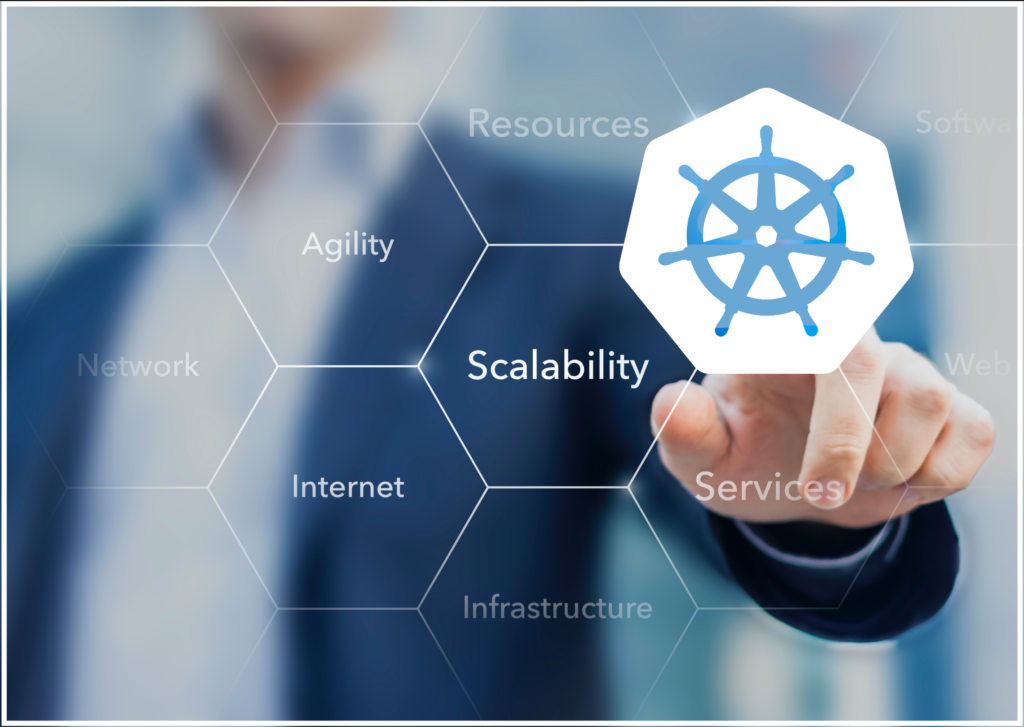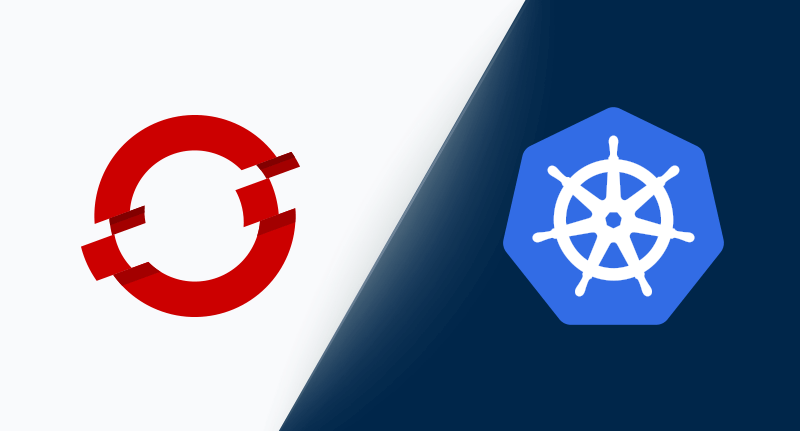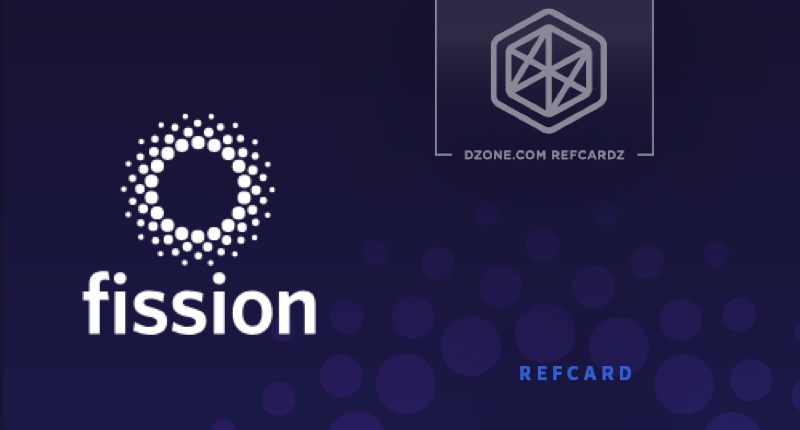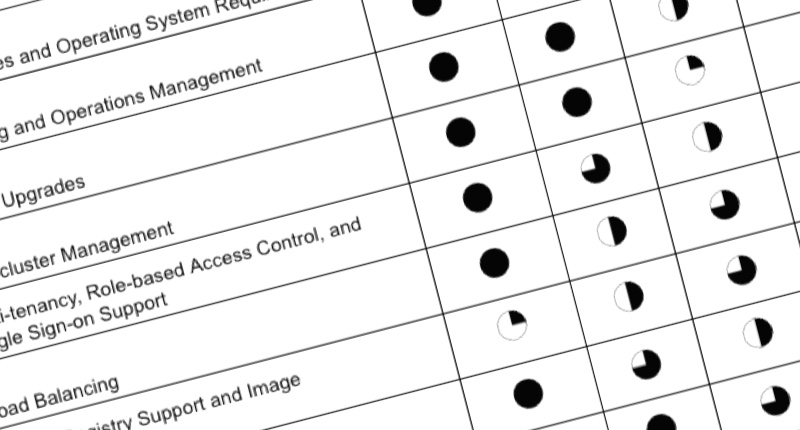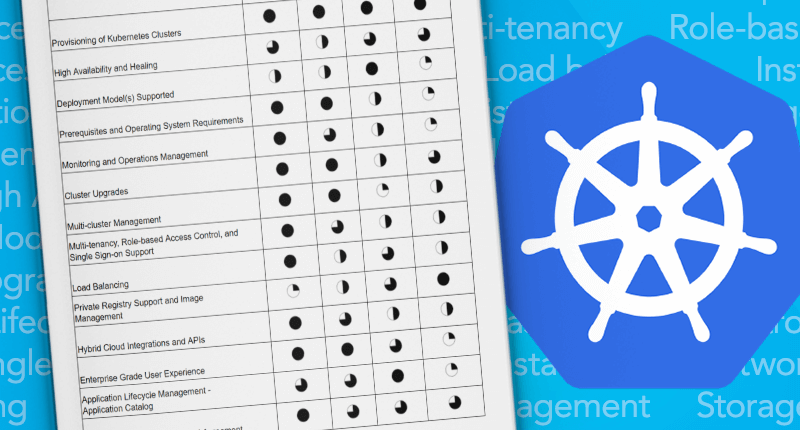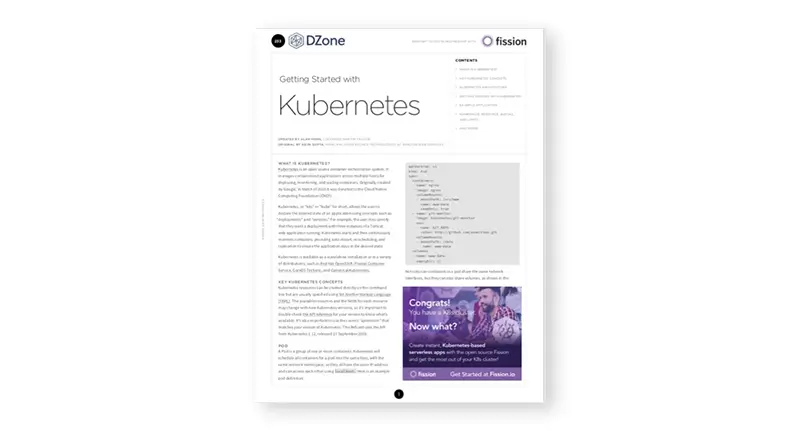Creating an Optimal DevOps Experience with Distributed Kubernetes
Developers need a consistent, stable platform to do their best work. That can be tricky when the platform is Kubernetes-based, as its distributed nature can create a lot of workflow friction. But using the right tools and implementing proper standards can go a long way toward greasing that pipeline. Here are some key considerations for


